From the Pyrenees to the jagged coastal coves of Costa Brava, Spain’s Catalonia stirs inspiration and saccharine summer dreams.
It was hard to say when summer arrived in the Alt Empordà, the upper part of Catalonia, in the northeast corner of Spain. The fresh milled olive scent that clung in the air had vanished. Swallows returned to the fields, making a career in midair with matinal excitement before joining the cows that grazed on the open meadow. Grapes had ripened after a fairly dry winter and ready for the picking. Though there are still occasional moments when the wind from the Pyrenees blows cold and gray puffy clouds ensconce the azure sky. Even so, the sun, now lingers a little longer, depicting a landscape that bore the resemblance to one of the paintings by Evarist Vallès and Angel Planells.
On a cool late June afternoon, we were passing through Figueras, the seat of the Alt Emporda in the province of Girona en route to France. Swept away by some memories of the distant past, my travel partner who used to sojourn in this town close to the Spanish-French border during the 60’s; unexpectedly brought the idea to have a quick excursion and look around. Needless to say, the region was still foreign to me. How little I knew about Catalonia’s geography. I quickly jumped at the chance of seeing quaint villages along the way, as well as bagging bottles of olive oil and wine – added to the temptation.
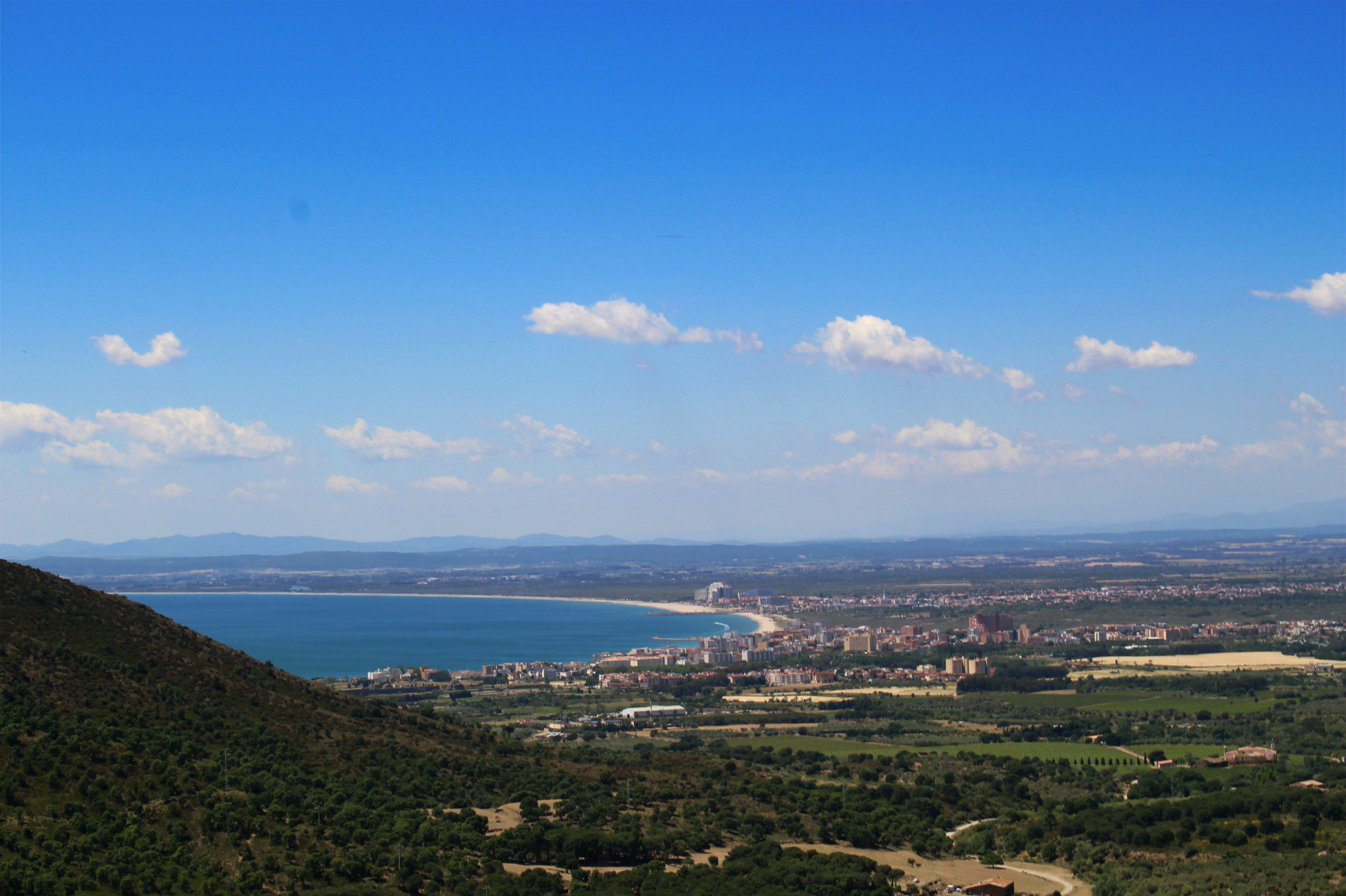
I first came to this part of Catalonia two winters ago. While visiting some artist friends who had a passion for converting old ruins into luxurious estates, I managed to spend hours admiring the ancient arcaded houses that flank the sluggish Rio Onyar in Girona. The city’s cobbled-streets, its formidable walls, as well as the medieval baths and the imposing cathedral can instantly transport the beholder into the age of antiquity. Then there were the rocky shorelines that obscure small secluded coves and the towering craggy cliffs of the Costa Brava, a short thirty minute drive from Girona and less than two hours from Barcelona.
Perhaps what sets Emporda apart from anywhere else in Spain is its strong character reflecting the wild natural landscape and its inhabitants. When the people of Emporda speak of their local landscape and cultural identity, it is with fervent ardor and of great pride. The Catalans after all, have resisted the oppression imposed by Franco’s dictatorship, banning the use of the Catalan language during the Spanish Civil War. It was only in 1979 that Catalans were given back the free reign to speak their language again. One could say that the Catalans are as resilient as the landscape they dwell in. This holds true in the words of its most eloquent native son Josep Pla as he put it, “Landscape elucidates literature, because literature is the landscape’s memory through time (Cartes de lluny)”.
Naturally, Emporda is a cradle of many artists as well as pictoric avant-garde disciplines with surrealism being the most prominent. If I were to use the front window of the car as a frame in creating a piece of surrealistic art, I would undoubtedly end up with a blank canvas. Surrealism intends to resolve paradoxical conditions of dream and reality. To Salvador Dali, “I am not a surrealist; I am surrealism. Surrealism is not a party or a label; it is a state of mind, unique, to each his own, that can be affected by no party line, taboo, or morality. It is the total freedom to be and the right to absolute dreaming”.
With the forever changing landscape of the Mediterranean woodlands, the sun-drenched coastlines, against the almost endless stretches of sea bordered by rolling hills and cactus-dotted mountains, it came to a point that it was difficult to tell whether I was dreaming or what I was seeing was real. Perhaps these were the very same elements that inspired surrealist artists who came and lived in the Emporda region.
After a few roundabouts on a country road, we reached La Bisbal. Less has been said about the town that was once a refuge and ultimately became a home to a great number of French immigrants after the French Revolution. Presently, the town is revered for its great tradition of craftsmanship expressed in different forms of pottery and ceramics. Its main street, Aigüetta is a showcase for all that the town produces. Time permitting, I would have loved to mold some clay in one of the pottery workshops. The blinding afternoon light turned into an obliging glow as we left town. I grew to love the sensation that it brought to my cheeks and how it smudged everything into a color of ripened wheat.
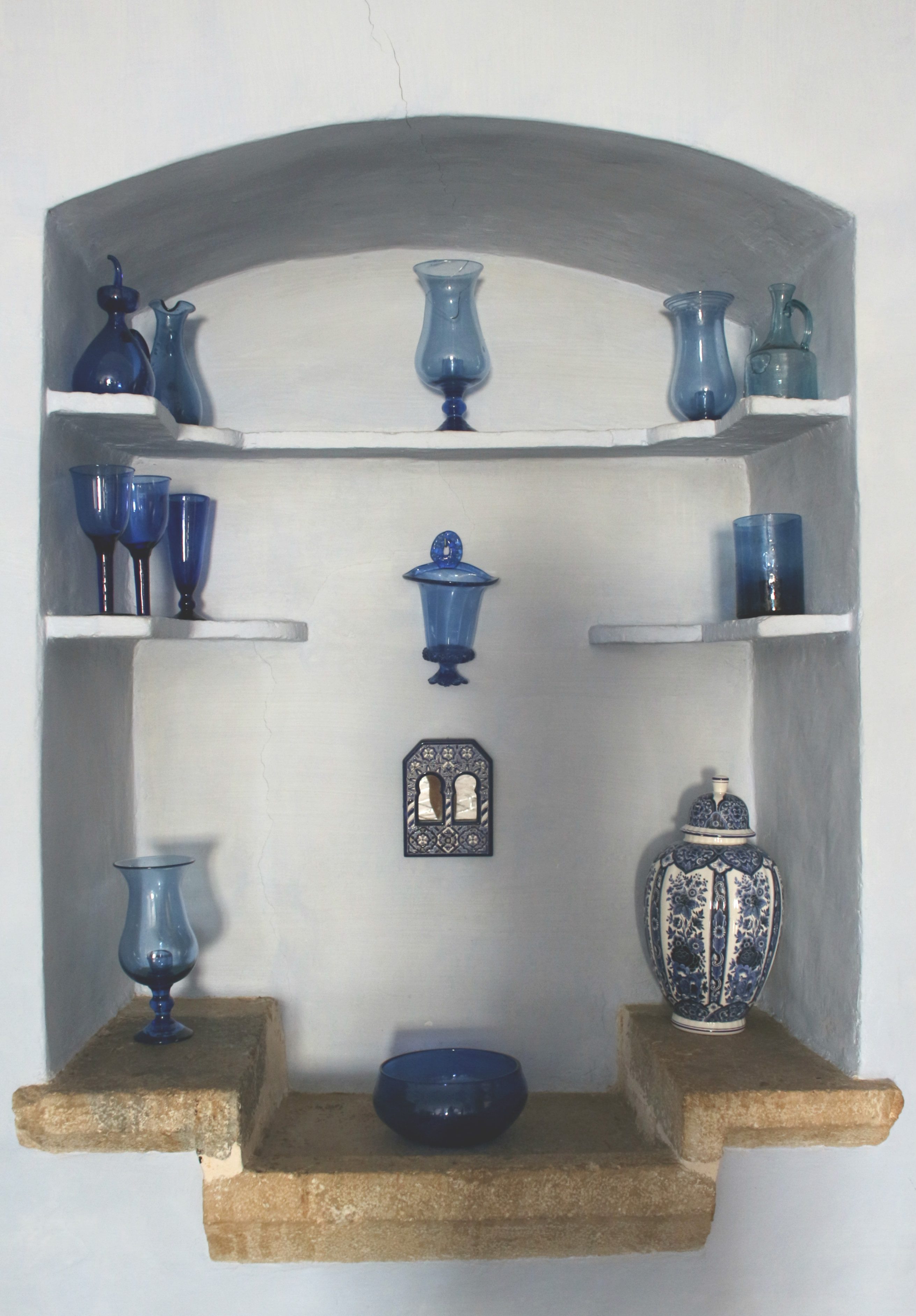

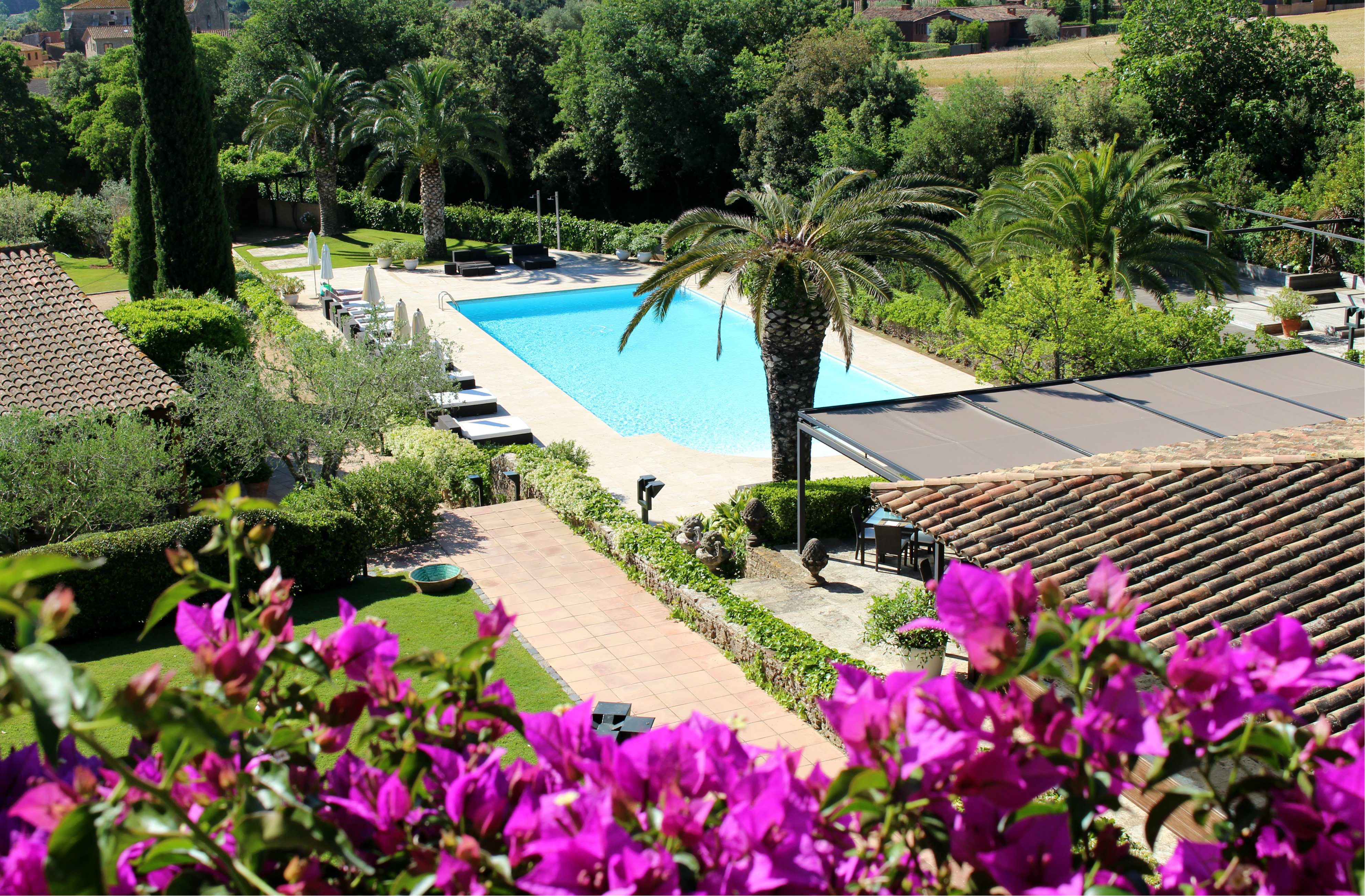

We drove a few miles heading east on a narrow lane that gave way to a pastoral vista punctuated by undulating slopes. Through a local’s recommendation, we followed the signs that lead to Mas de Torrent. Nestling on the edge of the medieval village of Torrent, the hotel, a member of Relais and Chateaux group, is an 18th century charming farmhouse that has been converted and restored into a sophisticated hideaway. The old farm mill and the façade harkens the hotel’s early beginnings. In one of the 37 splendid rooms (eight of which have private pools and 20 come with gardens), we checked in before indulging to the local flavor in the hotel’s restaurant.
Had I been lazy that evening, I would have simply settled for the tasting menu; leaving the gastronomic expertise entirely up to the chef. Decided to put my derived Catalan wisdom to the test all the while trying to impress the convivial waiter, I asked for dry carnaroli rice with prawns from Palamós, an oven baked turbot and the restaurant’s olive oil and wine selection. The waiter grinned only to pull out the long extensive list of the region’s finest. Squinting my eyes, I realized I was too ill-equipped for the challenge. Nevertheless, he rewarded my efforts by being our personal sommelier for the night. We sipped our wine and dipped the warm crusty bread in a bowl of olive oil while watching the neighboring medieval town of Pals softly engulfed by the night.
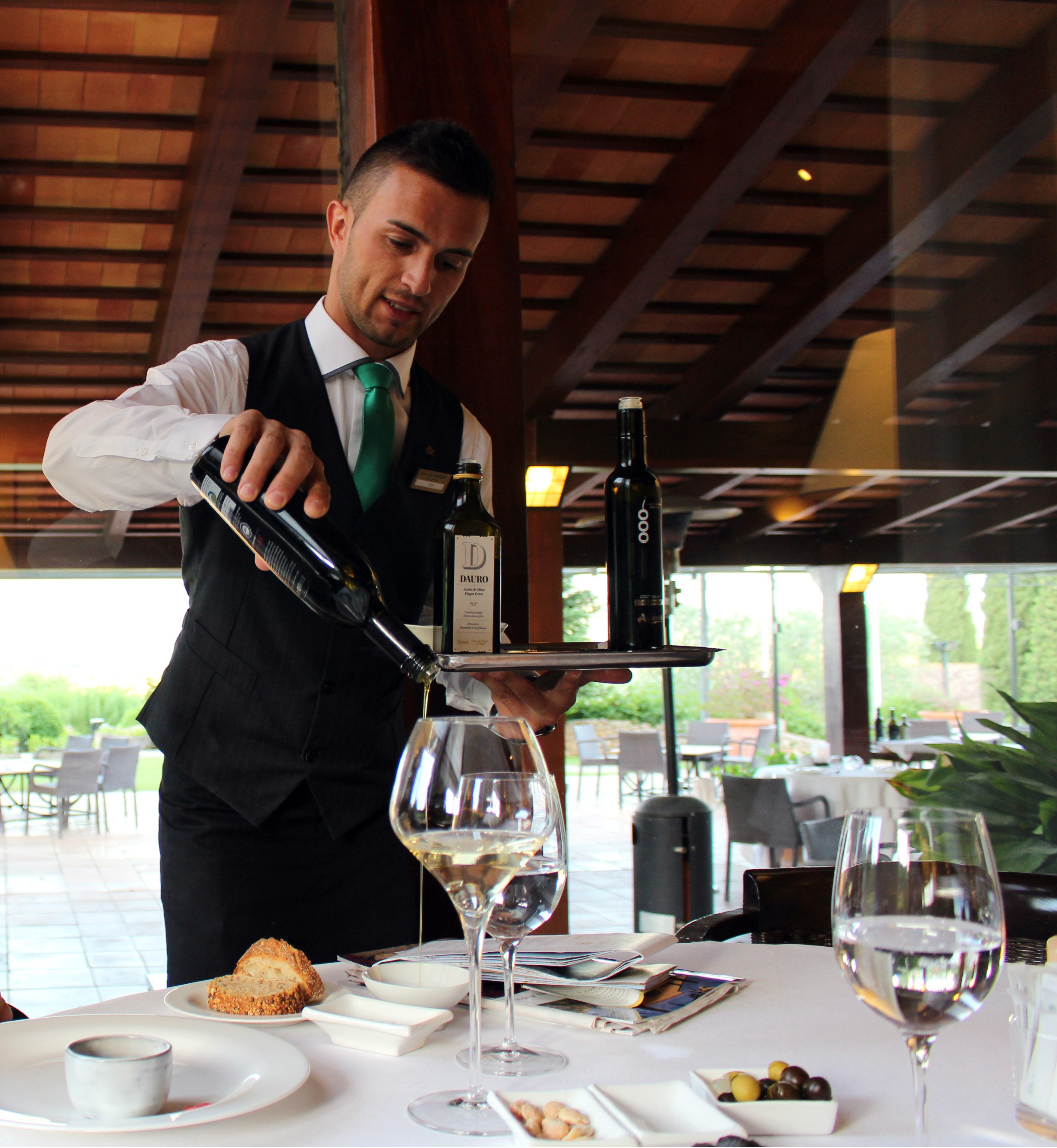

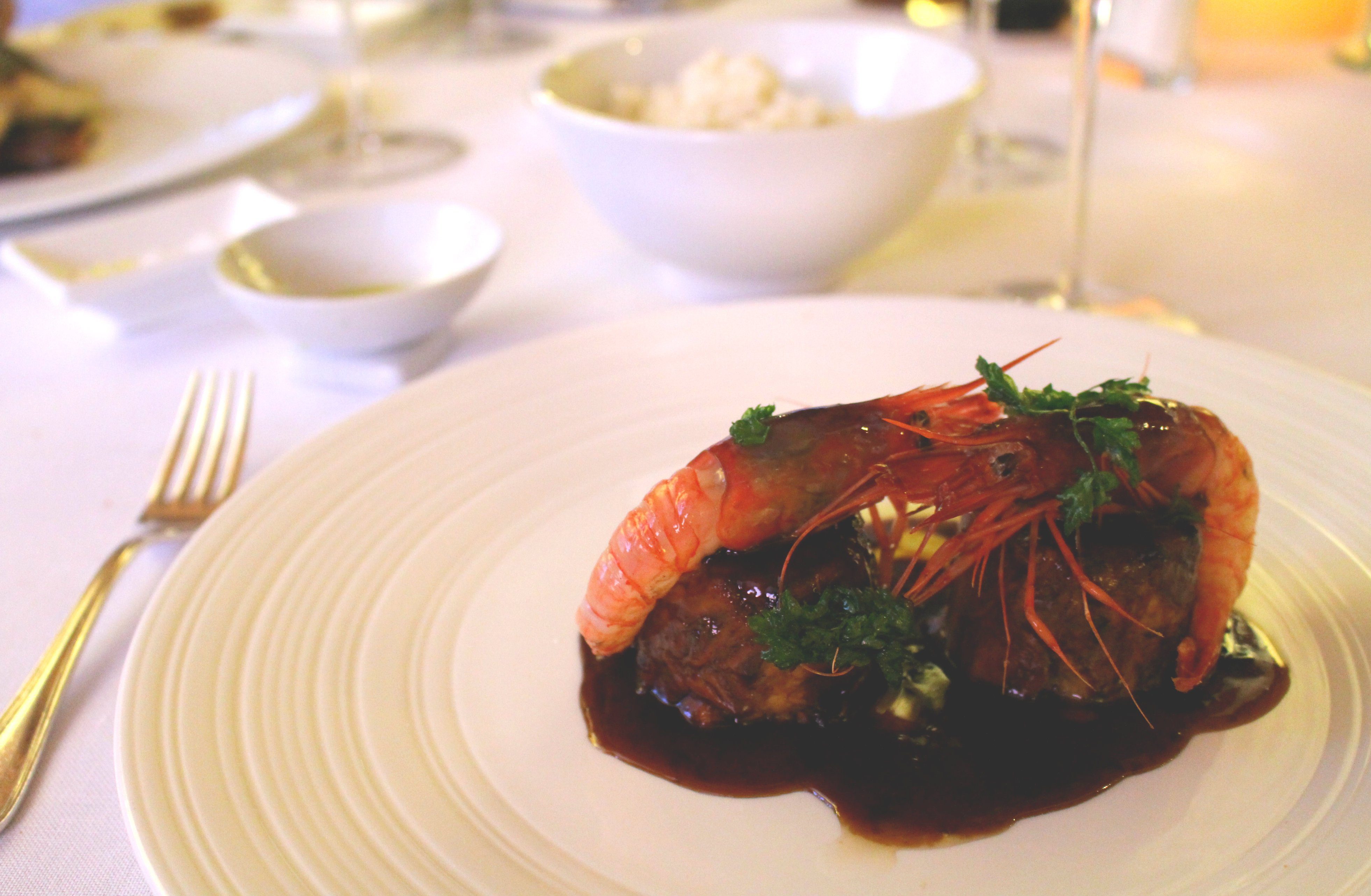

The following morning, we drove to the nearby village, leaving the town of Torrent behind for bottles of olive oil and wine. I ended carrying a jar and three more bottles of artisanally produced Arbequina oil. My partner took charge of the wines. The bucolic weather presented a sky in its bluest color. It might have been one of those striking blue backgrounds that Salvador Dali often used in his paranoiac masterpieces. We quickly hit the gas and drove to the next town.
If there is one thing I can truly say about traveling, aside from always keeping an open mind, is how quickly the feelings of trepidation are replaced by a sense of enveloping spontaneity and a profound curiosity. After an hour’s drive and many tormenting hairpin bends, we emerged in the coastal village of Cadaqués. The town glistened in white. The iridescent sea was everywhere. A huge partially submerged rock could be seen in the harbor. A few meters away, children raced to the inviting water, squealing alongside stagnant sunbathers that were splayed seal-like on the rocky shore.
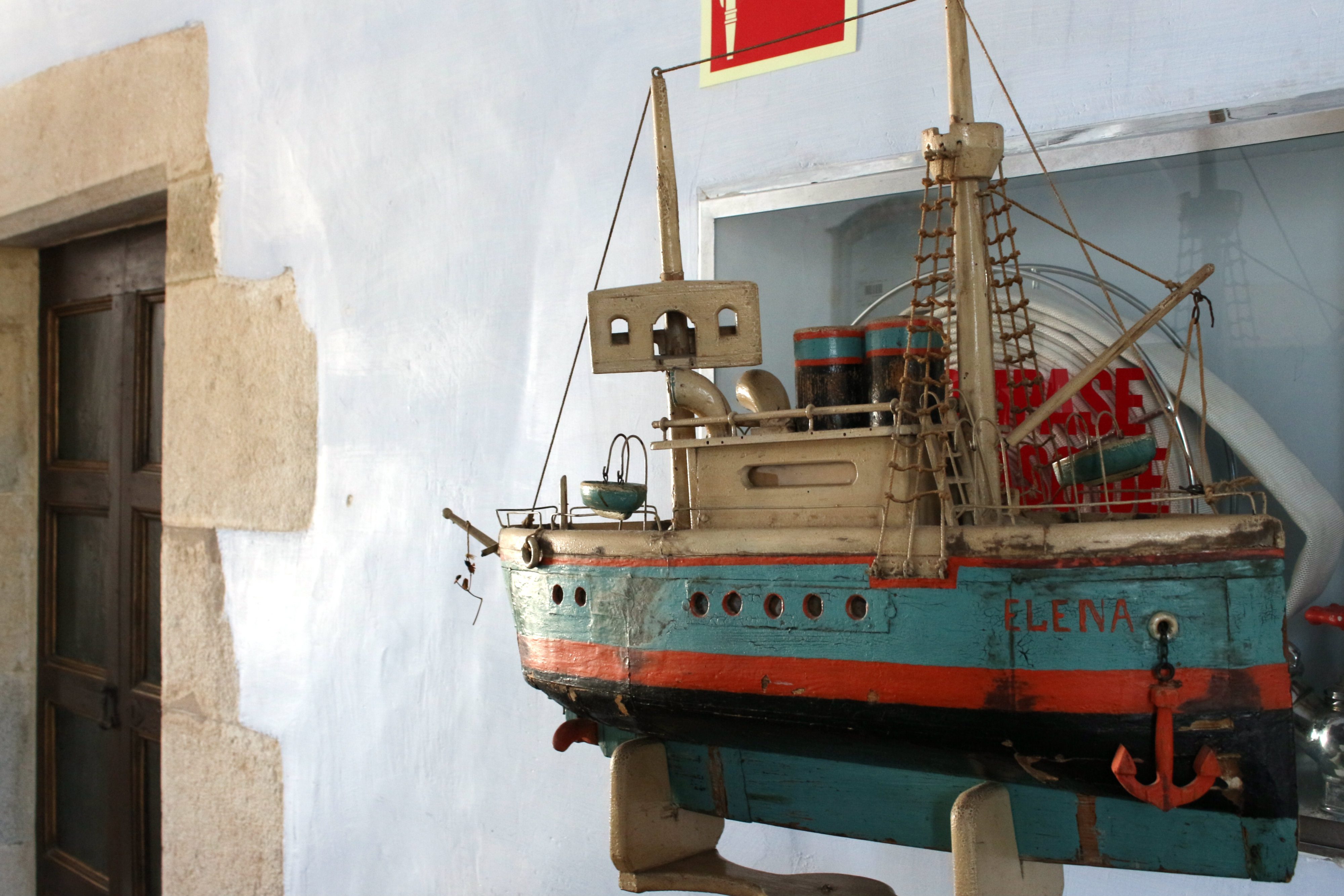

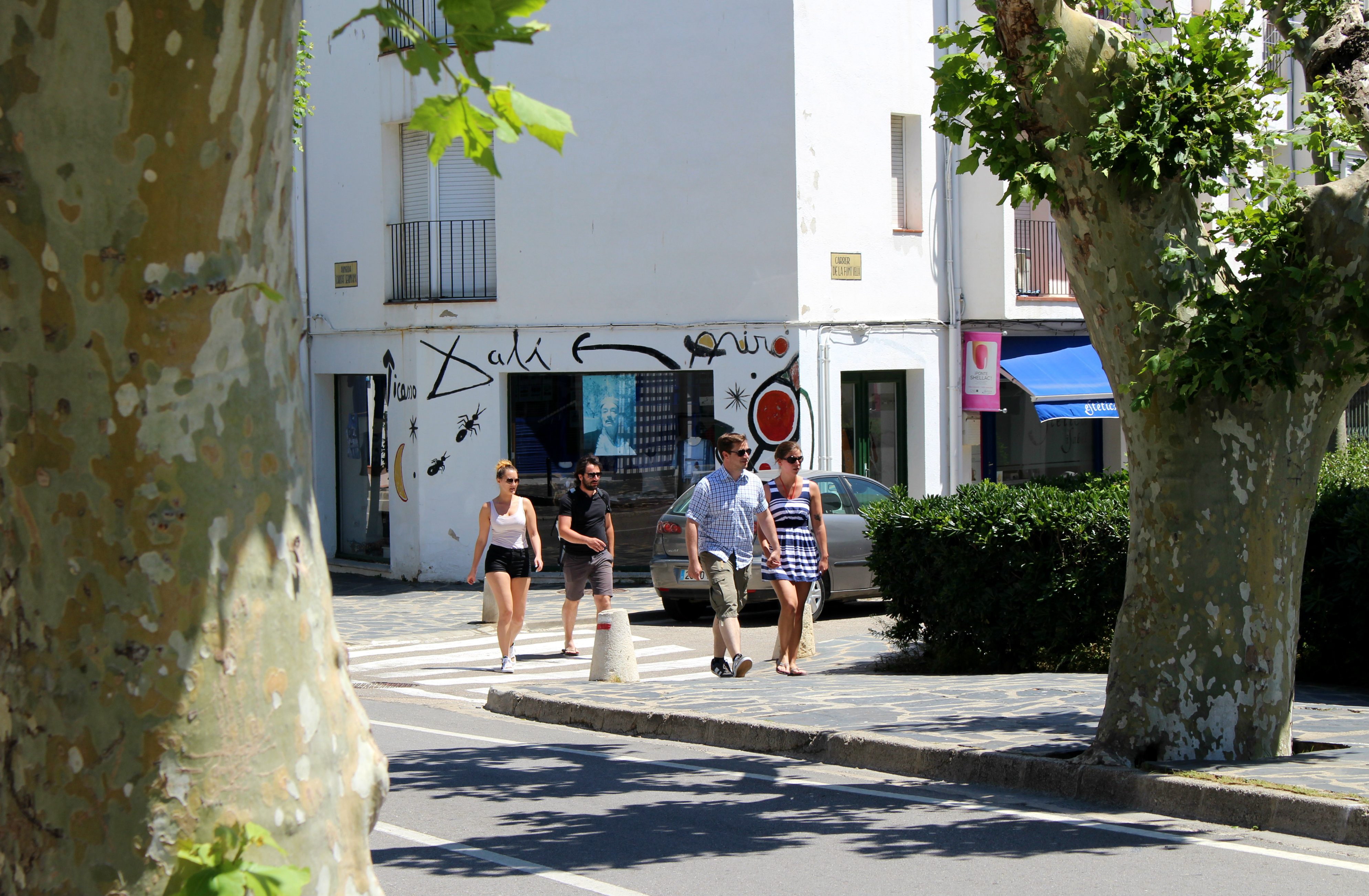

We ambled along the stony path walks and passed several irregular whitewashed casas stacked atop one another much like the dwellings reminiscent of a Greek island. Shutters were flung open, inviting the summer breeze. Windows were filled with flower beds while others were of laundry. We continued our way up until we reached the highest point where Esglesia de Santa Maria, the town’s main church presides. Up there, one can easily say that nature is at her most benevolent and that time runs fluid.
Dali himself witnessed all of these and captured time in a form of a melting clock in his 1931 painting – Persistence of Memory. Having spent many summers in a rented family house in Port Lligat, a mere ten-minute walk from Cadaqués where he found pleasure with his brush describing, “I have had a wonderful time, as always, in this ideal and fantastic village of Cadaqués; there, at the side of the Latin sea, I have quenched my desire for light and color; I have spent the sultry summer days, painting like mad, trying to translate the incomparable beauty of the sea and sun-beaten shore”.
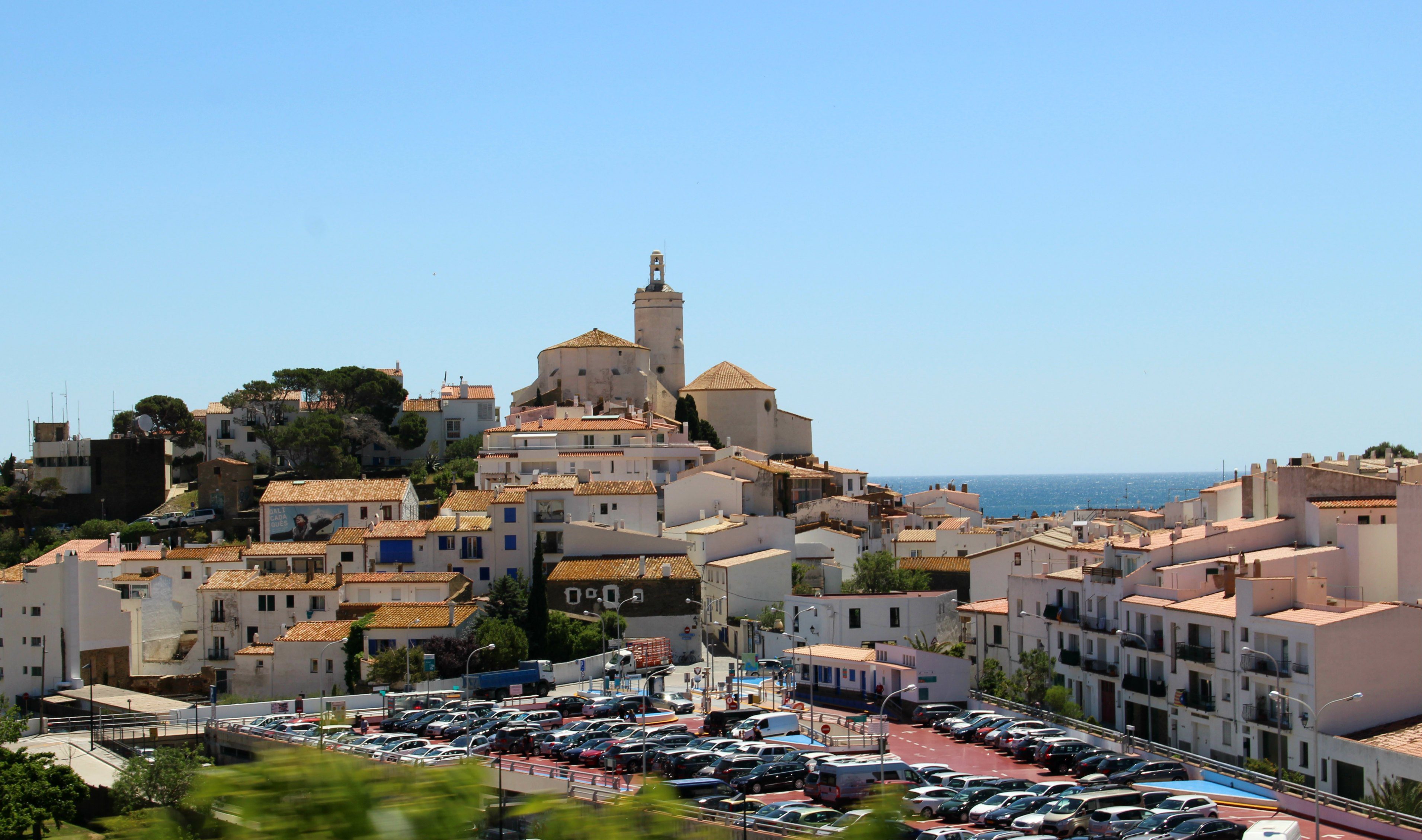

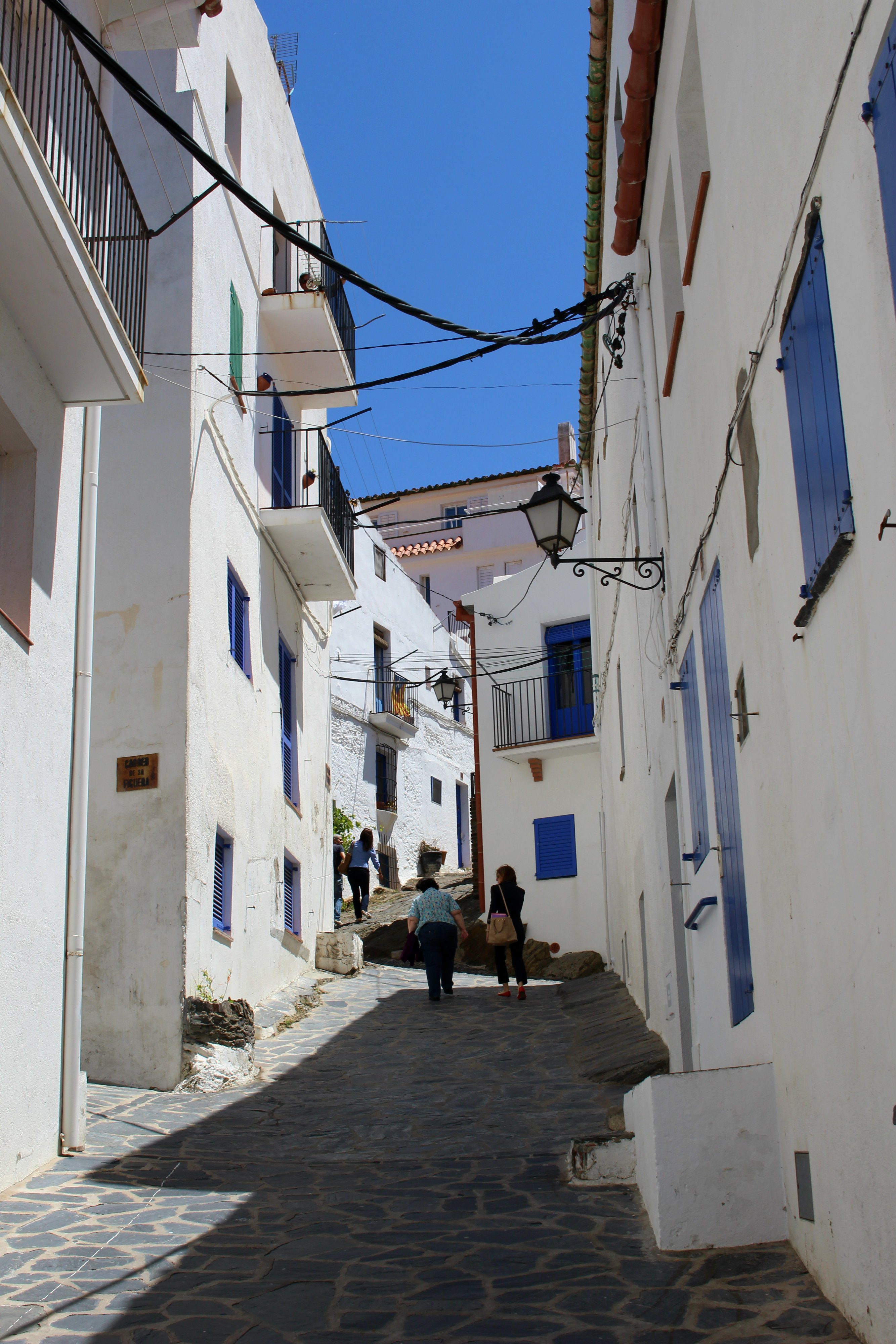

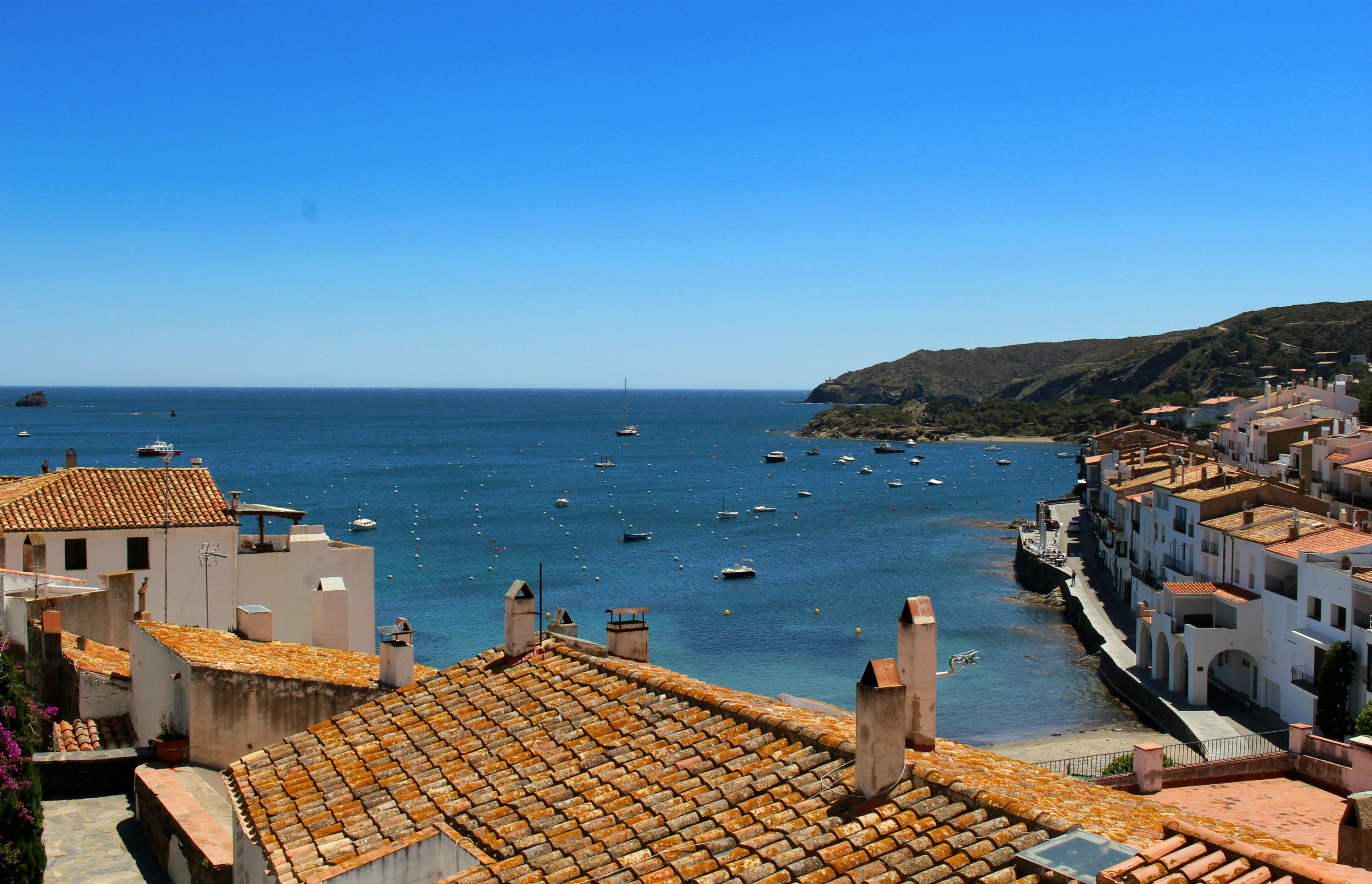

As the bells chimed just before noon, a number of townsfolk poured out of the 16th century church that houses an intricately-designed Baroque altarpiece. Little girls dressed in their Sunday best skipped in gaiety while the elderly cautiously walked down the winding alley and quietly disappeared. Right on the edge of the Cap de Creus Peninsula, almost touching France, where the mountains of the Pyrenees convene with the Mediterranean, cicadas chirped in midday; and against the lapping sound of the waves, summer had already begun.
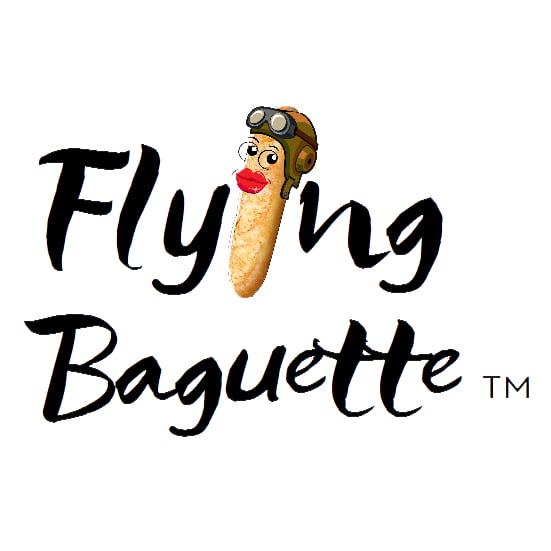




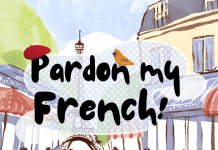
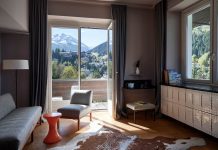
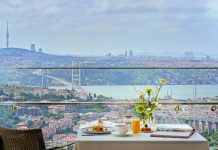
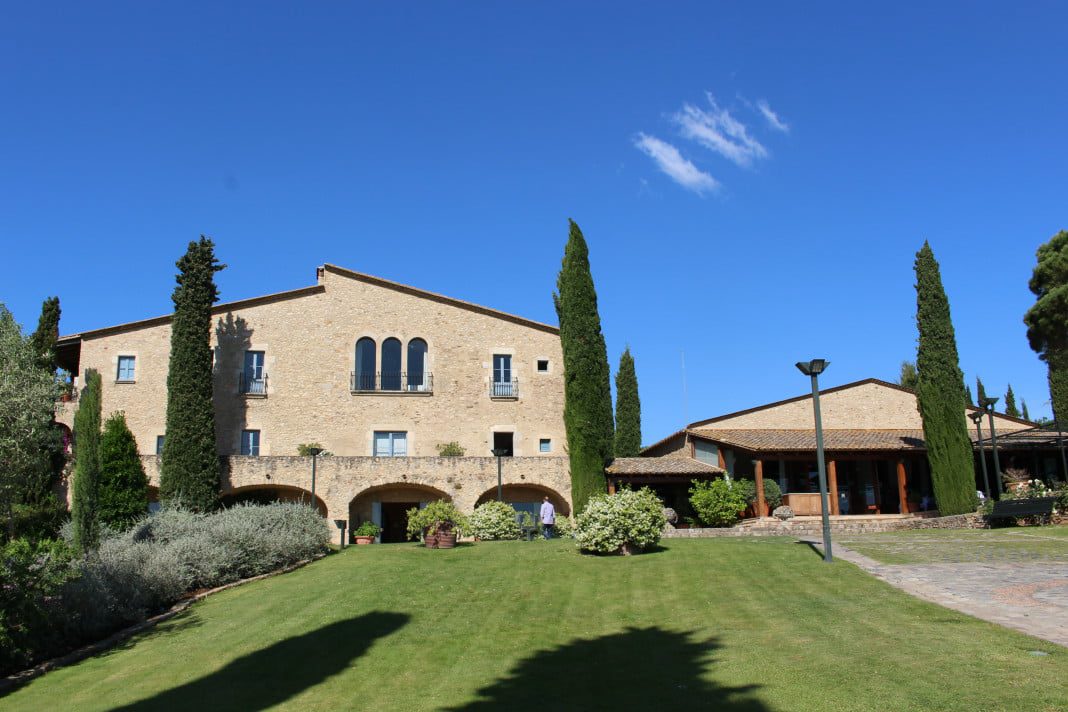
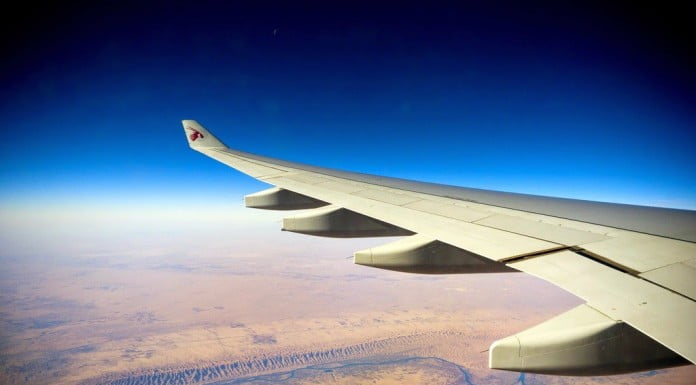




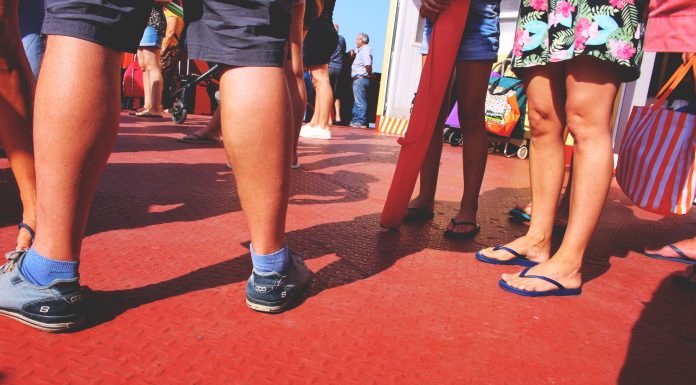




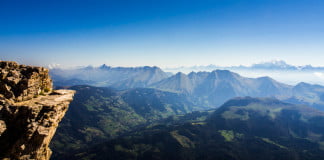
I’m impressed that you only came back with three bottles of olive oil. I love fresh olive oil! Your pictures show an elegant beauty of the area, from the sea cliffs to the food. It also shows that there is a LOT more to the area than just Barcelona.
This sounds like a summer to my likening. I’m in love with your pictures which make me long for the tranquility and beauty of the region. All places you’ve been too look well maintained and high-quality. The ties to Dali are another pull for me.
Carolin | Solo Travel Story
I can see you spending a few days in this part of Catalonia. I don’t know the region very well, only the area closest to Barcelona… which is a shame as I live only 1 hour’s flight from the region!
Without detracting from the other regions of Spain, I must confess that I really like Catalonia and the Catalans, because they are so genuine in their way of being and their culture is still very deep-rooted.
You tell a very vivid story with your description of Catalonia and the region. Interesting that Dali is also tied to this part of the world. It looks beautiful! I see that the Spanish wine and olives are tempting for you also ha! The country is diverse in many ways and also as you say with its bendy roads but you are also a stone’s throw away from the soft beaches on the coast. Someday I will visit!
A very evocative description of a region where most people only get to see the sea, beach and tourist areas.
I’ve been to Catalunya many times and each time it is a delight.
Barcelona is one of the places in the world where many travel nomads end up staying, but I must say I prefer the mountainous areas, especially the approaches to Andorra.
It is far too long since we visited Catalonia – our first ever trip together which was also our honeymoon. We could only afford just a few days in Barcelona. But we did make it out to Figueres to visit the Dali Museum and have fond memories of that trip. We absolutely need to return as the Catalan countryside is so very beautiful. Your meal looked divine and how very wonderful of the waiter to become your personal sommelier for the evening. Thank you for such a lovely post that has prompted us to look into exploring this gorgeous region in more depth.
I feel like I’m back there again, although my first visit was all to brief. I haven’t explored enough of Spain, Catalonia or elsewhere. In a visit to Barcelona I took a trip to Figueres as I couldn’t miss the opportunity to visit the hometown of one of my favorite artists. I adore Dali’s work and I now really feel the need to go back to Catalonia to experience some of the other places where he found his inspiration. Cadaqués for one.
I am now Catalonia Dreaming. This sounds like a road trip that I need to take as I’ve barely scratched the surface of the wonders of this region.
I would love to linger over the ceramics of La Bisbal and immerse myself in Dali’s world.
Lyn | http://www.ramblynjazz.com
Beautiful evocative writing, made me feel like I was on the journey and enjoying it with you both 🙂
I spent a day exploring Girona and the surrounding area once and really wish I’d had more time in that section of Catalonia. You’ve captured it masterfully as always.
What a beautiful picture you paint with your words. This is an area I’d be quite eager to explore, getting lost in the smaller villages.
Thank you John for the kind words and for reading the post. Catalonia and the whole region in general exudes a strong gravitational pull to anyone who wish to visit, know its culture and get a step closer to the landscape whose spirit is as strong as its character. Wishing you happy travels 😉